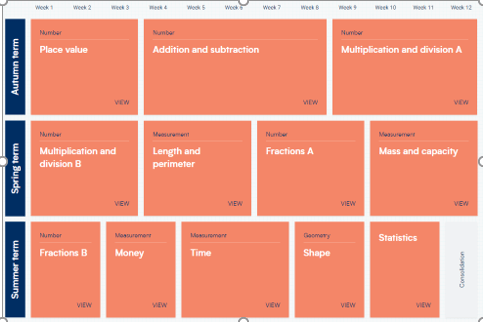Welcome to Year 3
Year 3 is an important year as it represents the jump from KS1 to KS2. Through the year, we strive to further develop the children’s levels of responsibility and the growth of independence. We aim to create a stimulating and challenging environment for the children to develop the skills and confidence that they need as they move through KS2.
Our New Cangle Curriculum:
Our New Cangle Curriculum is planned around termly foundation subject projects that link other areas of learning such as English, PE and Music.
Our main Autumn term project is called ‘Through the Ages’ with 5 accompanying mini projects.
Our main Spring term project is called 'Rocks, Relics and Rumbles' with 4 accompanying mini projects.
Our main Summer term project is called ‘Emperors and Empires' with 5 accompanying mini projects.
Please have a look at our Y3 Curriculum Plan for more details about our curriculum.
English
In English we deliver a book led curriculum and teach writing skills through various genres. Children will explore fiction and non-fiction texts including reports, narratives, recounts, character descriptions, poetry and letters. The children will continue to work on the spelling patterns they have begun in previous years, but this year there is less of a focus on phonics and more emphasis on understanding and learning the spelling rules, as well as attention to prefixes and suffixes.
Reading is key this year and reading to the children is just as important at this age too. Listening to ‘expert’ intonation helps children develop their own expression and enhances their writing. We actively encourage and teach children to read with expression, this encourages children to see the importance of punctuation and how it influences the way we read aloud.
Books we read as a class over the year:
Suggested reading list:
Helpful information:
Noun: Name of a person, place or object.
Verb: An action or doing word, running, jumping, thinking etc.
Preposition: a word that tells you where or when something is in relation to something else; underneath, beside, next to, beyond, between.
Subordinating conjunction: a word, or words, used to connect two clauses together; 'although', 'because' or 'when'. A subordinating clause is a part of a sentence that adds additional information to the main clause.
Homophones are words which sound the same but have different meanings. For example, there, their and they’re. Night and knight, rain and reign.
Maths in Year 3 has a strong focus on times tables. Quick recall of the required 3, 4, 8, and 5 times-tables (as well as the 2, 5, and 10 times-tables they’ve already learned in Year 1 and 2) is important as they form the foundation for a large majority of the work the children will cover within the year.
The National Curriculum ‘mastery’ style of learning focuses on breadth of knowledge, and children will be encouraged to use their understanding of the new concepts to solve challenges to deepen their understanding.
Maths games:
https://www.topmarks.co.uk/maths-games/hit-the-button
https://play.ttrockstars.com/auth/school
Timetables songs:
8x
https://www.youtube.com/watch?v=z_BJjR9rdwA
https://www.youtube.com/watch?v=dSnNkgMbtfs
4x
https://www.youtube.com/watch?v=8QU_E0u-tP4
https://www.youtube.com/watch?v=UJY1_fzzM6Y
3x
https://www.youtube.com/watch?v=9XzfQUXqiYY
https://www.youtube.com/watch?v=jJG4ZgJTOAs
2x













